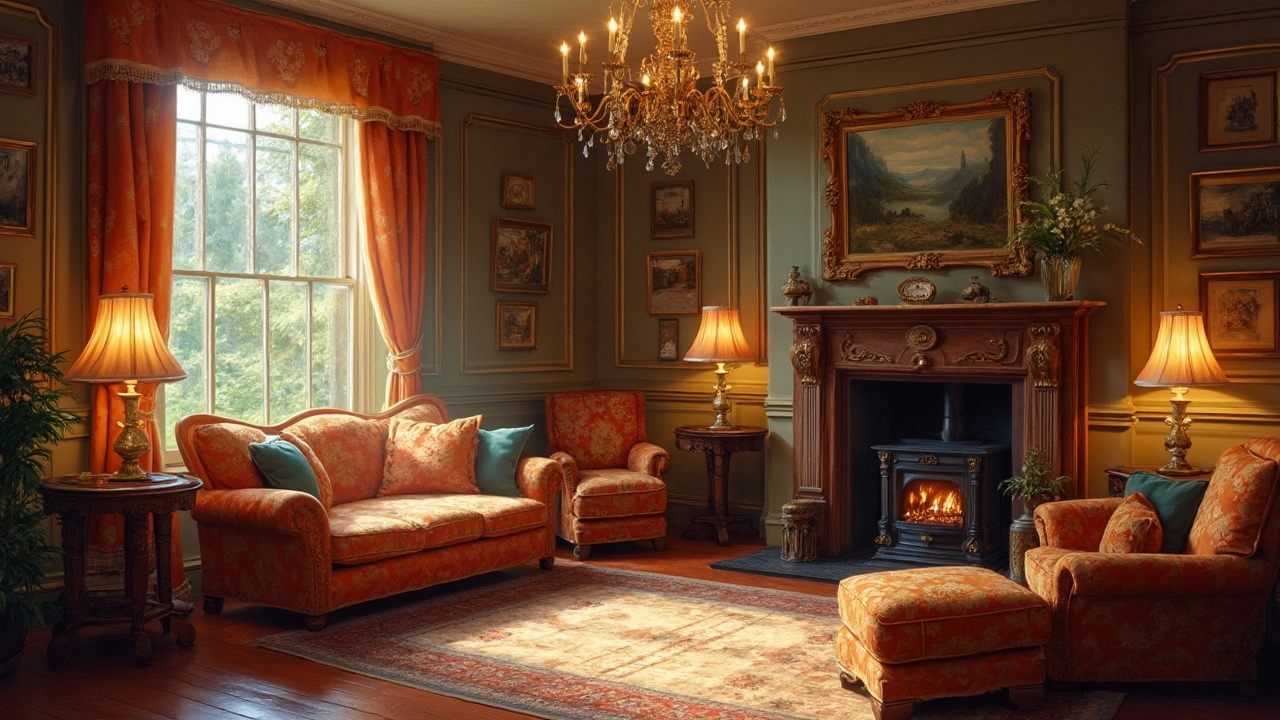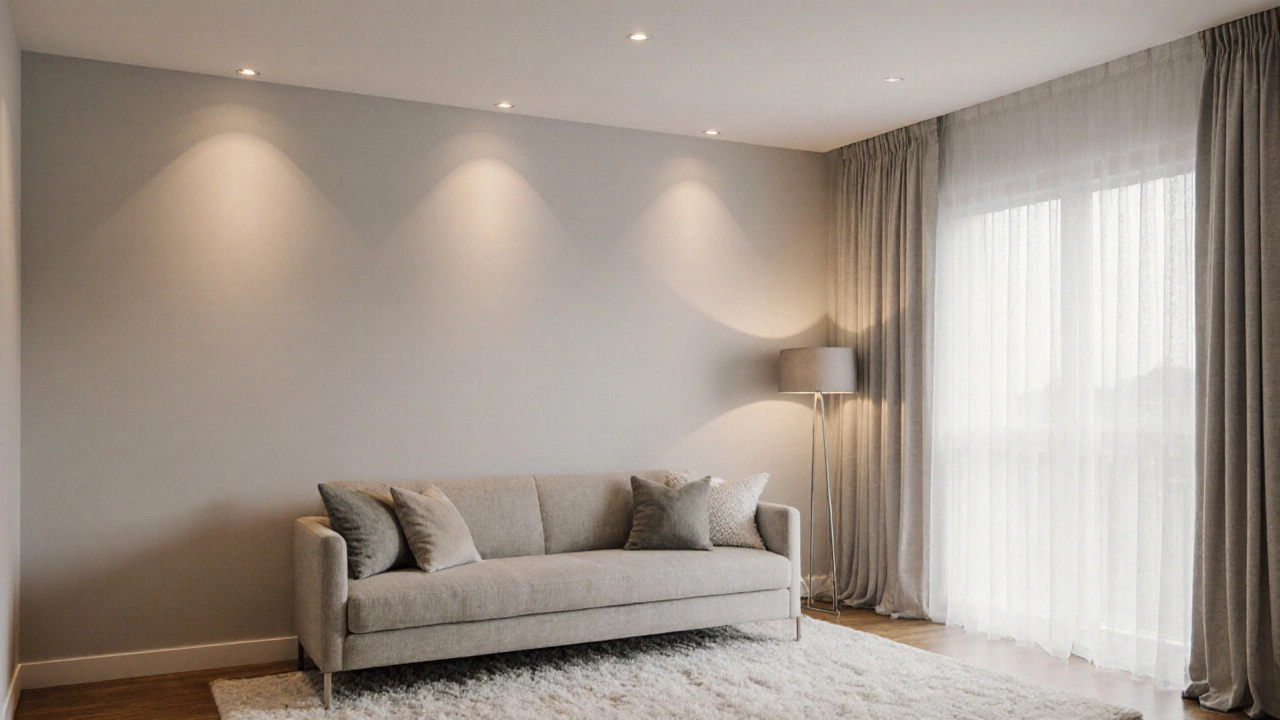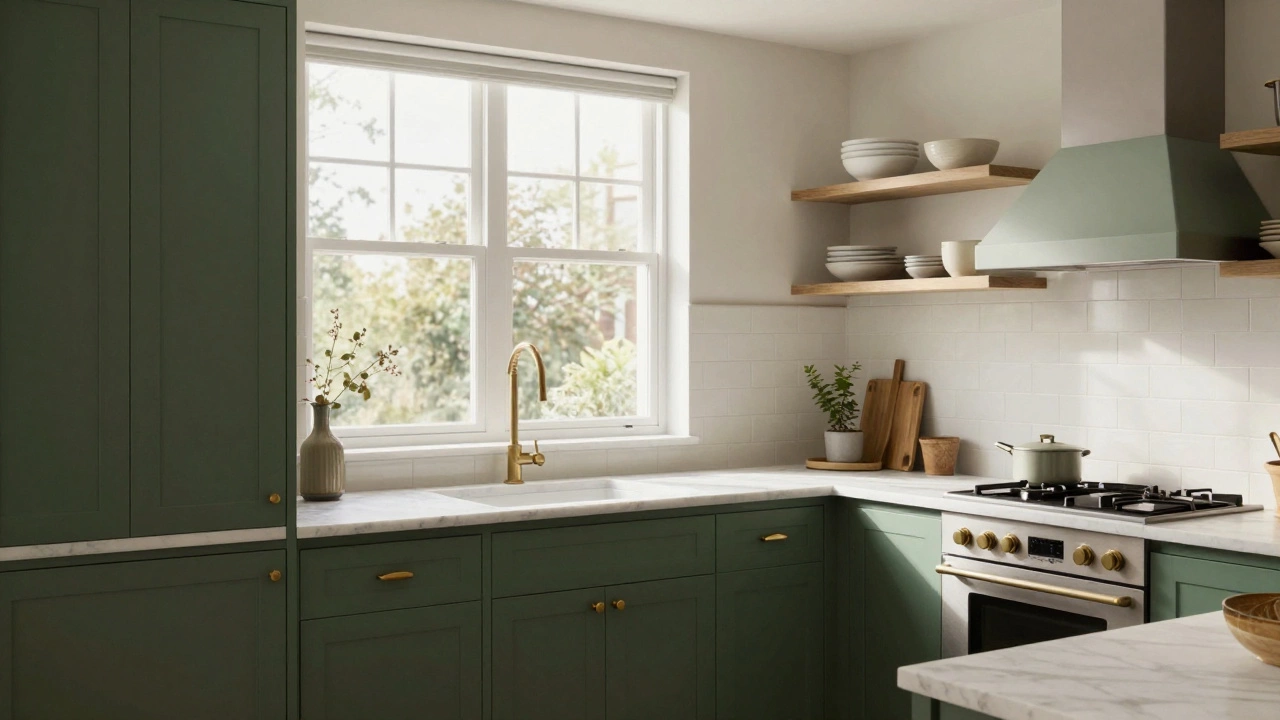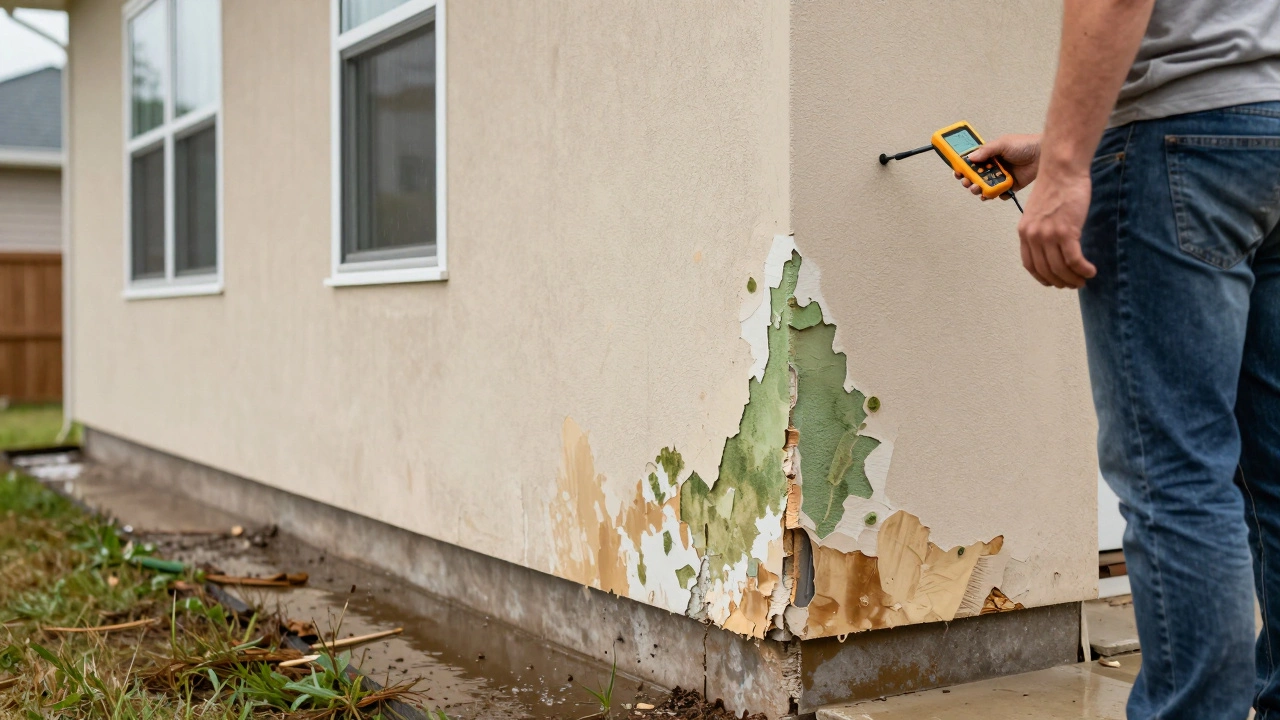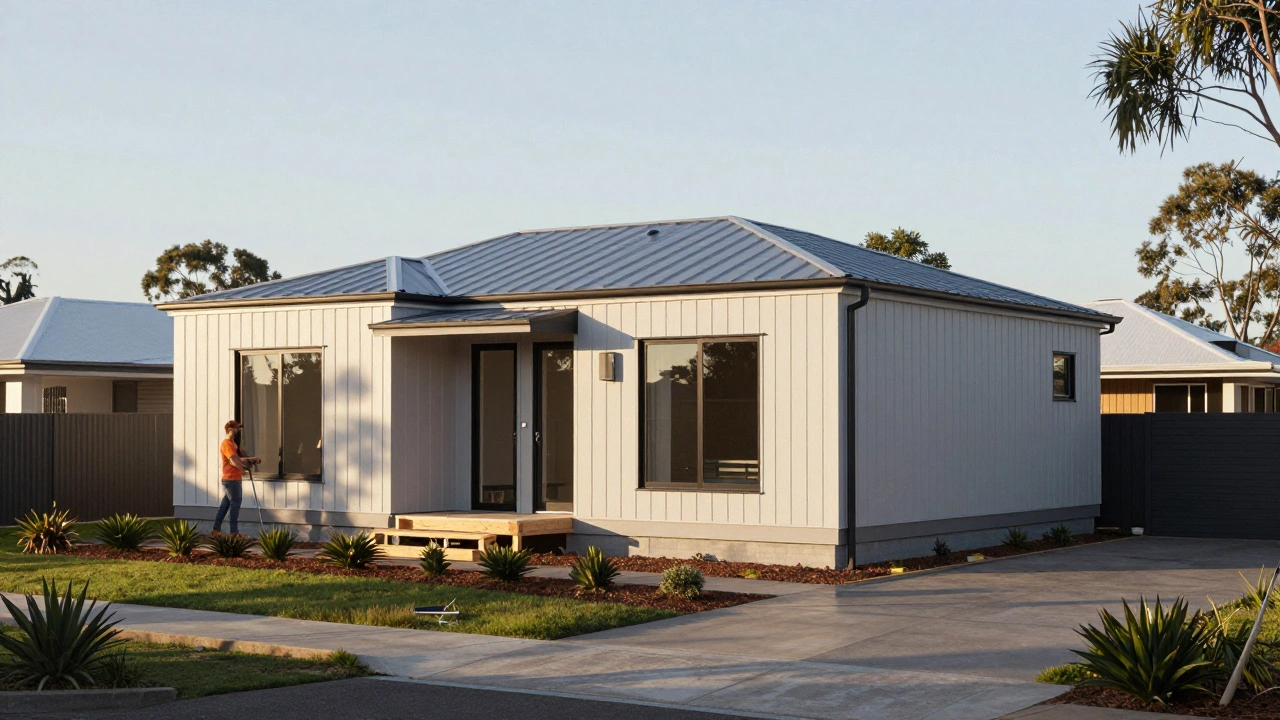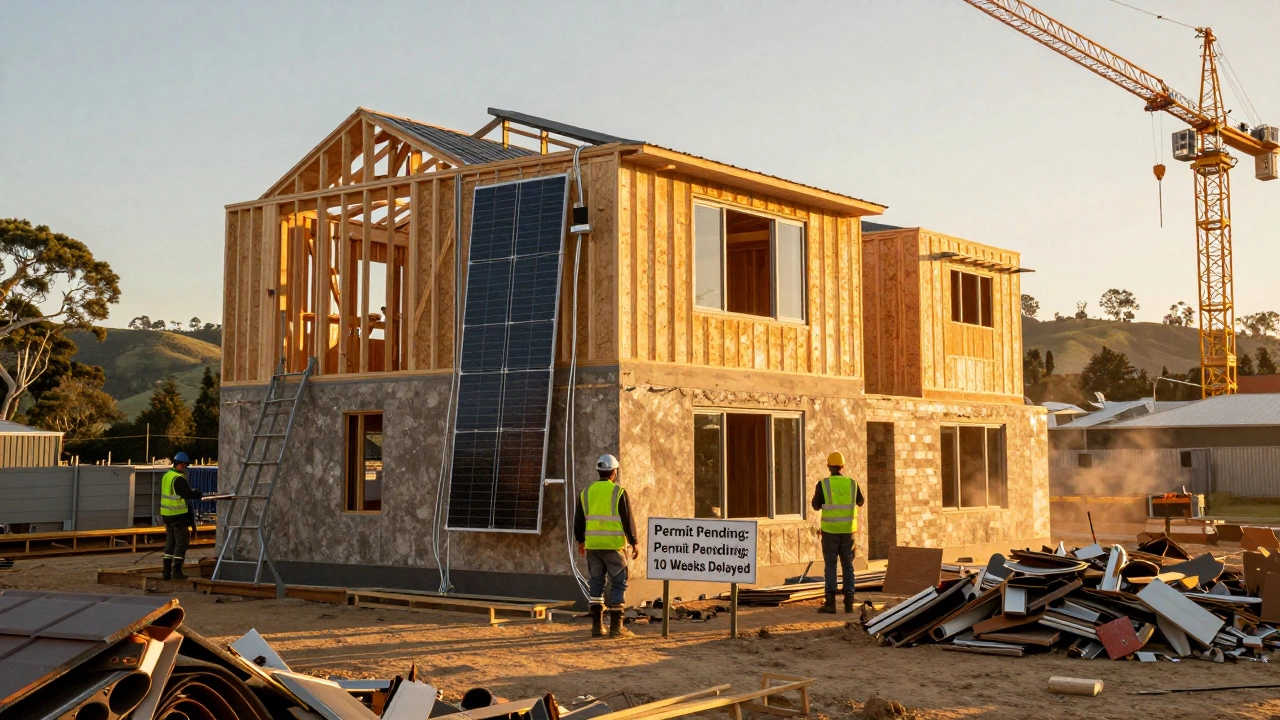Have you ever walked into a room and felt like something was just off? Sometimes, it's all about the lighting. Light isn't just for seeing; it's part of how we experience spaces. But does that mean every room should have the same lighting setup? Let's see why mixing it up might be the way to go.
Think about the kitchen versus the living room. In the kitchen, you're chopping, cooking, maybe even reading recipes – you need bright, direct light. But in the living room, you might want something softer and cozier. It's all about what you do in each space. You wouldn't wear the same clothes to bed and a formal dinner, right? Lighting works the same way.
Then there's color. Light affects how we see paint, furniture, and even the people around us. A bright white bulb might work wonders for a high-energy environment like your home office but could feel harsh in a place where you want to relax. And let's not forget about natural light – use it whenever you can. It's free, after all!
So, what's the takeaway? Lighting shouldn't be one-size-fits-all. By tweaking it for each room's purpose, you can enhance functionality and vibe. And who doesn't want a house that feels just right?
- Understanding Lighting Needs
- Room-Specific Lighting Ideas
- The Impact of Consistent Lighting
- Practical Tips for Home Lighting
Understanding Lighting Needs
When it comes to home lighting, understanding what you need is half the battle. Different areas of your house serve different purposes, and the lighting in each room should help support those activities.
Types of Lighting
Ever hear about task, ambient, and accent lighting? They're the three main types you should know:
- Task Lighting: Think of this as your spotlight. It's for things like reading or cooking - activities where you need more focused light.
- Ambient Lighting: This is your general, all-purpose light. It's the soft glow that fills a room, coming from overhead fixtures or lamps.
- Accent Lighting: Want to highlight something special? This is your go-to. It's used for showing off artwork or architectural features.
Assessing Your Space
Try walking through your home with a fresh pair of eyes. Ask yourself how you use each room and which activities are most important. Once you know that, you can start planning the lighting to match.
Say you have a living room that doubles as a home office. You might want a mix of ambient lighting for general use and task lighting for those late-night work sessions.
Lighting and Mood
It's no secret that lighting can affect your mood. Bright and cool lights can make you alert, great for a home office or kitchen. Meanwhile, warm and soft lighting tends to chill you out, perfect for bedrooms or living areas.
Some studies even show that working in well-lit environments can boost productivity and mood. Who wouldn't want a little extra happiness boost from their lights?
Considering Energy Efficiency
Energy savings and efficiency should also play a role in your decision-making. Today's LED bulbs use up to 80% less energy and can last decades, reducing both electricity bills and the hassle of frequent replacements.
When selecting bulbs, look at the lumens for brightness and the Kelvin scale for color temperature. More lumens mean more light, while Kelvin numbers help you get the right warmth or coolness.
Room-Specific Lighting Ideas
Choosing the right lighting for each room can transform how you use and enjoy your home. Let's break down some key areas and see what works best where.
Kitchen
The kitchen is all about precision. Whether you're chopping veggies or reading a cookbook, you need bright and focused light. Consider using under-cabinet lighting to highlight workspaces. A strong pendant over the island can bring both style and function. Don't forget about ambient lighting to fill the room evenly. Layering lights here can really make a difference.
Living Room
Your living room should be a cozy retreat. Go for soft, warm lights that make the space inviting. Floor lamps or table lamps are great for creating little pockets of light. Add dimmers to your main lights so you can switch from 'movie night' to 'game night' lighting with ease. Mixing light sources adds depth and personality.
Bedroom
The bedroom is your personal sanctuary, so the goal is calming and flexible lighting. Try bedside lamps with adjustable light for late-night reading. Use sconces if you're short on space. Soft overhead lighting on dimmers can create a peaceful atmosphere. The key is to keep it soothing, not jarring, so you wind down easily.
Bathroom
In the bathroom, clear and bright light is a must, especially around mirrors. Vanity lights on either side of your mirror can reduce shadows and make getting ready easier. For a stylish touch, add a waterproof accent light or two to bring in some flair while you relax in the bath. Task lighting here is essential for functionality.
In a nutshell, home lighting done right combines different types of lighting to cater to each room's needs. It brings efficiency, style, and comfort all at once. Why settle for the same old lights when you can tailor this to fit your home perfectly?
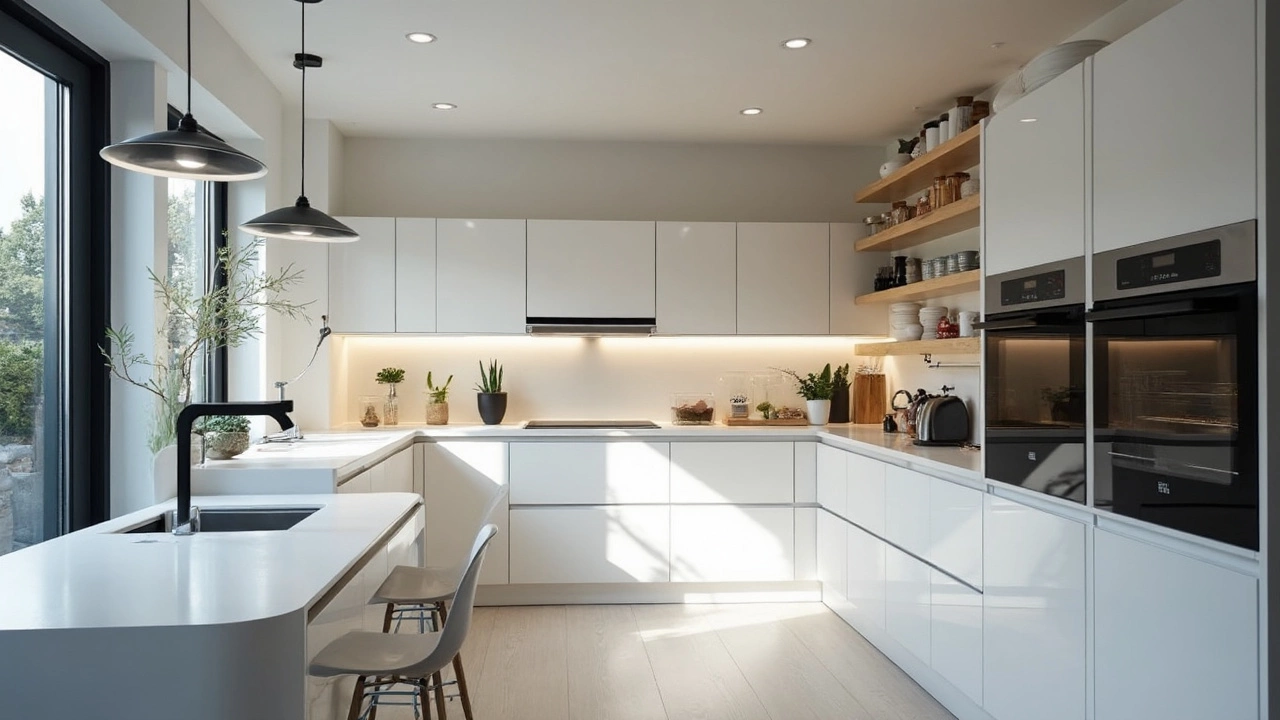
The Impact of Consistent Lighting
Ever thought about what happens when you use the same home lighting throughout your place? It's an interesting idea. Consistent lighting can definitely tie your space together visually. But is it always a good thing?
First, let's talk about creating a unified look. Using similar lighting across rooms can give your home a modern, seamless feel. Think about those chic magazines where everything looks like a single, beautiful piece. It's like having a consistent style in your clothes – neat and cohesive.
Interior lighting can also affect your mood. Some research suggests that consistent lighting can lead to a more stable atmosphere, reducing transitions that might be jarring as you move from room to room. It's like your eyes don't have to adjust all the time, which can be less tiring.
Energy and Efficiency
This approach can also be easier when it comes to managing lighting. With the same bulb type throughout, it's simpler to replace bulbs and manage energy use. You won't have to worry about stocking different bulb shapes or sizes.
Potential Downsides
But here's the flip side: it can get a bit boring, especially if you use one kind of light everywhere. If every room feels the same, you might miss out on creating unique feels that match what you actually do in each space.
A quick tip? Consider combining a general light theme with room-specific accents. Maybe use consistent overhead lighting but mix in different lamps or fixtures based on the room's function. This way, you get the best of both worlds – unity where it matters and personalization where it's needed.
So, is consistent lighting the way to go? It really depends on what you're aiming for. You might love the simplicity and unity, but a bit of variety could also help your home shine in all the right ways.
Practical Tips for Home Lighting
Alright, let's get into the nitty-gritty of making your home lighting work magic. Whether you're revamping the entire house or just tweaking a room or two, here are some straightforward tips to guide you.
Layer Your Lighting
Think of your home lighting like a good outfit—it's all about layers. Combine overhead lights with task lighting and accent lights to create depth and flexibility. This way, you can tweak the mood and function with just a flip of a switch.
- Overhead lighting: This is your primary source. Consider dimmers to adjust the brightness based on activities or time of day.
- Task lighting: Perfect for areas where you need focused light, like reading lamps by the couch or under-cabinet lights in the kitchen.
- Accent lighting: Use it to highlight artwork or architectural features in your home.
Match the Bulb to the Room
Kicking back in the living room versus chopping onions in the kitchen? Different vibes, different bulbs. Warmer light bulbs are great for places where you unwind, while cooler bulbs work better for focused tasks like cooking or working. Plus, energy-efficient LEDs can save you a decent chunk on the energy bill!
Use Natural Light Wisely
Never underestimate the power of natural light. Try placing mirrors strategically to reflect daylight deeper into your rooms. Simple hacks like pulling back heavy drapes and opting for lighter window treatments can also brighten up a space.
Smart Lighting
Embrace tech with smart lighting systems. Set schedules, adjust intensity, and even turn on lights remotely. It's a bit of an upfront investment, but worth it for the flexibility and security it offers.
By focusing on these practical tips, you'll turn your house into a well-lit haven tailored to each room's unique purpose. And hey, once you've nailed it, you can bask in that perfect glow!

